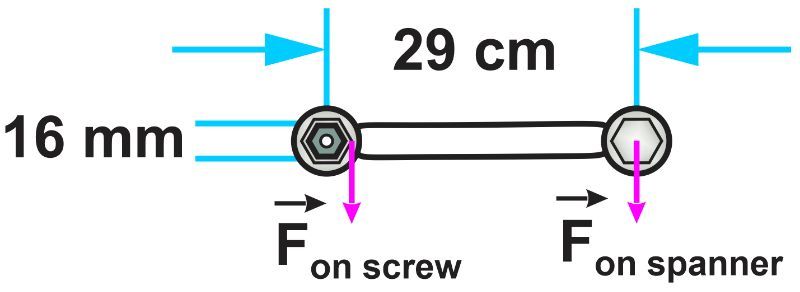- Download the worksheet to save time writing
- Start solving the practice problems
- If you're stuck, watch the video solutions
- See your summary to get more insights

You are using a long wrench to loosen a wheel nut. The wrench is located in the x-z plane and the nut is considered the origin of the Cartesian frame. The point of application of the exerted force is located at x = - 1 m, z = 0.25 m from the nut. The applied force in unit-vector notation is given as F = 100 i + 60 k. Determine the position vector r in terms of i and k at the point of application of the force.
A ball is launched so that it rolls down an inclined surface without slipping. The surface is inclined at an angle θ from the horizontal. If the ball is treated like a uniform solid sphere, determine the least possible value of the static friction coefficient needed to prevent the ball from slipping.
A hollow ball is essentially a hollow, spherical shell. If a ball of mass 4.40 kg is rolling down a 29.0° incline without slipping, what is its acceleration?
A hollow ball of mass m is rolling down an inline without slipping. The incline plane angle is θ. How does doubling mass to 2m affect the ball's acceleration, friction, and least friction coefficient needed to hinder slipping?
A 59-kg cyclist applies full force on each pedal while ascending a slope, with the pedals moving in a circular path of 18 cm radius. Determine the highest value of torque that will be produced.
Estimate the force applied by a spanner near each of the six points of the screws on a machine's cylinder head that need to be fastened with 74 m•N torque and the six-sided screw head is 16 mm across.
A disk is centred in a xy-coordinate system, rotating about the z-axis. A force of 216 N is applied within the xy-plane at a point 29.0 cm from the x-axis and 33.6 cm from the y-axis, making a 34.0° angle with the x-axis. What is the magnitude and direction of the torque generated around the z-axis?
